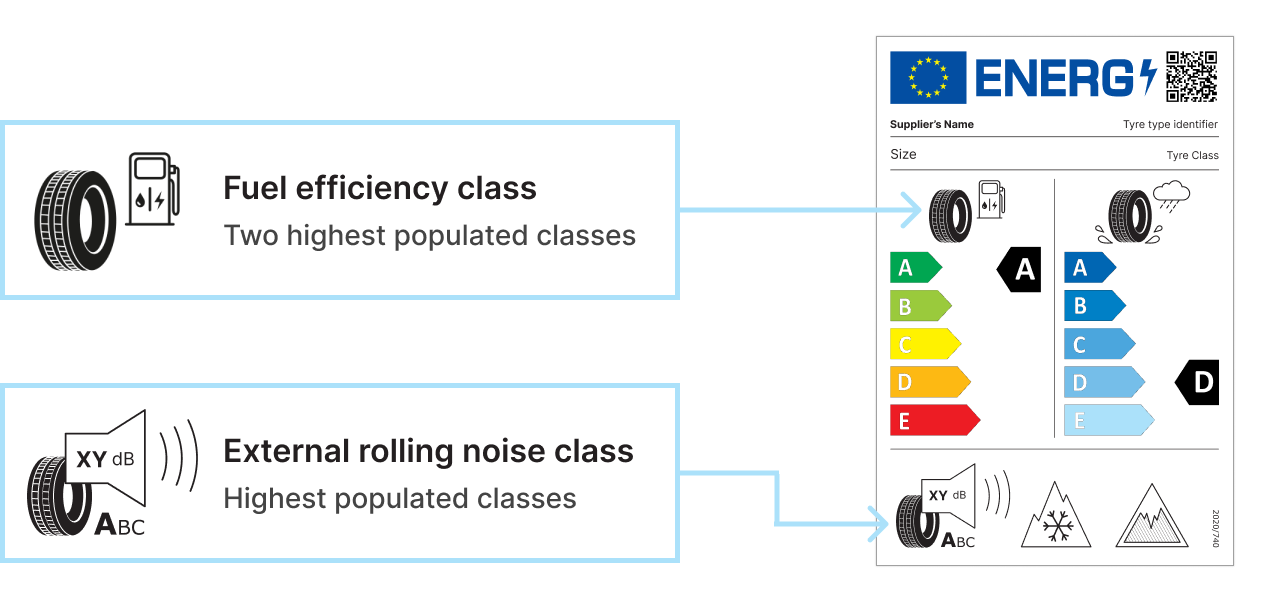Introduction
In 2022 the EU introduced a new classification system for sustainable economic activities: the EU Taxonomy. It defines whether certain business activities can be declared as sustainable.
The EU Taxonomy aims to foster transparency and prevention of greenwashing. In the future it will be easier for the public, including customers and investors, to compare companies with each other.
| Transparency | Be transparent and declare your sustainable economic activities. |
|---|---|
| Customer Satisfaction | Meet your customers’ demands and use the EU Taxonomy as a sales argument. |
| Economic Benefits | The EU Taxonomy helps to achieve a better customer retention and price realization. |
| Resource Efficiency | Decrease your carbon footprint and help to reach the climate objectives. |
| Comparability | The standardization of reporting simplifies the assessment of business activities and prevents greenwashing. |
| Green Capital | Qualify for sustainability incentives with your EU Taxonomy aligned business. |
How the EU Taxonomy affects your fleet and tyres
The taxonomy is a classification system that defines criteria for economic activities that are aligned with a net zero trajectory by 2050 and the broader environmental goals other than climate. The EU taxonomy allows the sharing of a common definition of economic activities and products that can be considered environmentally sustainable.
The regulation brings clarity and transparency to the concept of environmentally sustainable economic activities, to foster sustainable finance and transition towards a greener economy.
The Taxonomy Technical Screening Criteria refers to tyres that must comply with External rolling noise requirements in the highest populated class and with Rolling Resistance Coefficient in the two highest populated classes as set out in Regulation (EU) 2020/740 and as can be verified from the European Product Registry for Energy Labelling (EPREL).
Rely on the EPREL database, which evaluates tyre categories, sizes, performance in snowy conditions (3PMSF), load capacity, speed category, and ice performance (C1): EPREL provides a table that indicates, for each specific tyre size and selection criteria, how many are in each class (in tyre type units and share of total) and thus assess which are the highest "significantly populated" classes.

EPREL is your compass to determine whether or not your tyres are ranked in the highest populated classes and thus align with the EU Taxonomy criteria.
Please note: The highest populated class is not automatically a label value “A”, because for a specific size and other selection criteria, the A class or even the B class may be empty (no tyre on the EU market). What counts is the highest class in that more than one tyre is registered (= “populated“). "Significantly populated" refers to a sufficient number of different brands in the highest class (not to rely on a single brand, possibly not present in the specific country). A combined selection (i.e. on both rolling resistance and noise) is advisable to verify if the selection criteria provides a sufficient number of tyre types/brands in the highest classes.

EPREL as compass to determine class population
Example of a tyre with size designation 225/75 R17.5 and Load index of 129

Which vehicle categories are affected?
Zero Tailpipe Emission Vehicles (ZTEV) – e.g. electric vehicles – qualify for the EU Taxonomy. Exemptions are made for certain low-emission vehicles.
The following vehicles may also qualify:
- Low-emission N2/N3 vehicles in accordance with Regulation (EU) 2019/1242, article 3 (12)
- M2/M3 vehicles with internal combustion engine (ICE) and emission standard Euro 6/VI* until end of 2025
- M1/N1 vehicles with lower than 50 g CO2 per km until end of 2025.
* Most recent applicable stage of the Euro VI heavy-duty emission type approval (where applicable)

